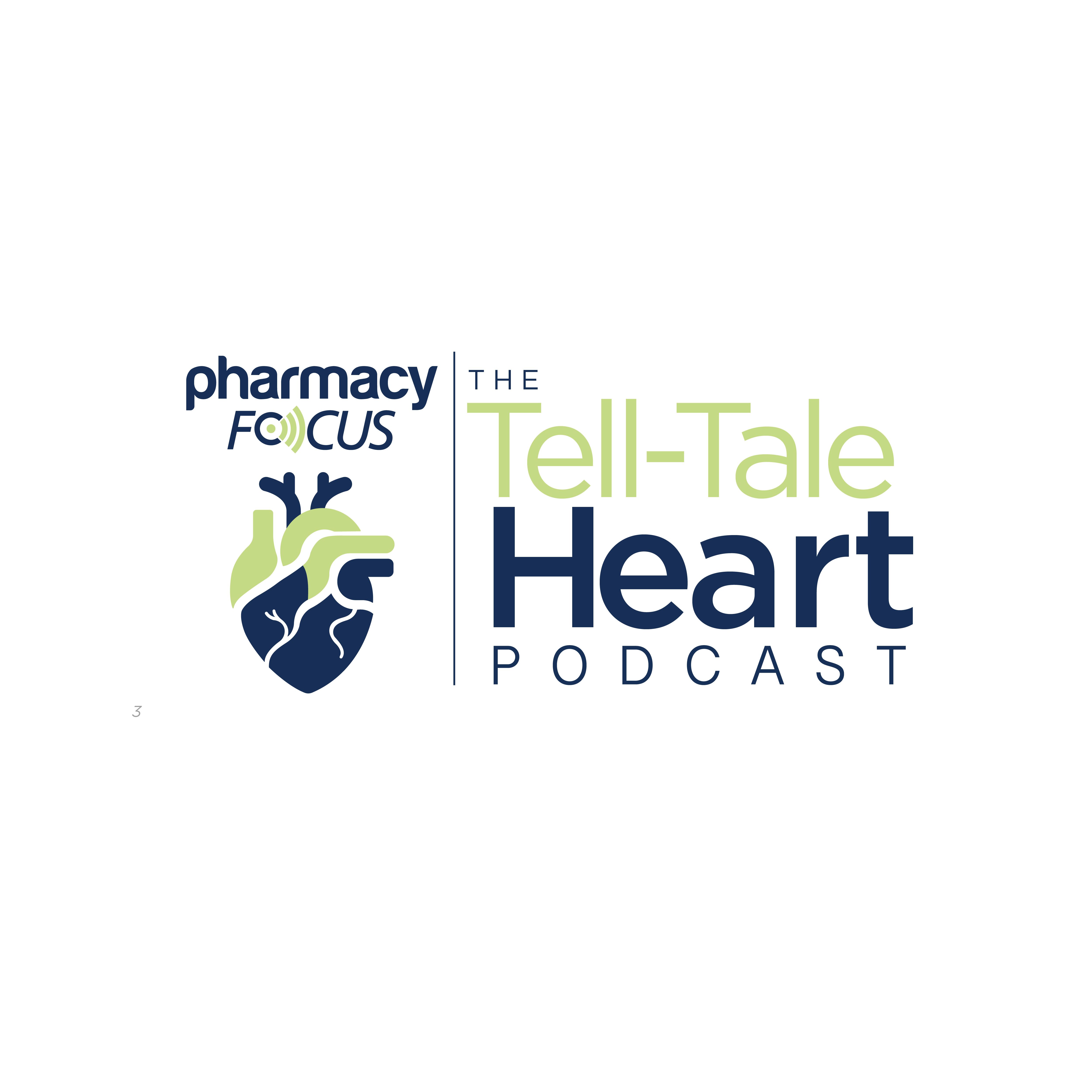News
Video
New Data Highlights Abelacimab’s Safety Advantage in Atrial Fibrillation
Christian Ruff, MD, highlights abelacimab’s potential to significantly reduce bleeding in patients with high-risk atrial fibrillation.
At the ACC Annual Scientific Session conference, Christian Ruff, MD, director of general cardiology at Brigham and Women’s Hospital, presented new data on the safety and efficacy of abelacimab (MAA868; Anthos Therapeutics), a novel factor XI inhibitor, in patients with atrial fibrillation. In an interview with Pharmacy Times®, he discussed key findings from the AZALEA-TIMI 71 trial, highlighting abelacimab’s potential to significantly reduce bleeding compared to standard anticoagulants like rivaroxaban (Xarelto; Janssen CarePath). With a focus on high-risk populations, including elderly patients and those with elevated bleeding risk scores, the data suggest that abelacimab may offer a safer alternative for patients who require long-term anticoagulation.
Pharmacy Times: What evolutions has the AZALEA-TIMI 71 trial (NCT04755283) made since the data presented at AHA in 2024, in terms of design, goals, and key findings?
Christian Ruff, MD: So, as you know, when we published and presented the main results from the AZALEA-TIMI 71 trial—just to recap—we conducted a study in patients with moderate- to high-risk atrial fibrillation, comparing the novel Factor XI inhibitor abelacimab to rivaroxaban.
The overall trial results showed that abelacimab was remarkably safe compared to rivaroxaban, reducing bleeding by 60% to 70% and almost eliminating gastrointestinal bleeding, which is the most common type of major bleeding we see. We felt this was a truly remarkable advancement.
Since then, we have continued to analyze our data, focusing on populations that may be of particular interest to the clinical community—especially patients who could benefit most from an exceptionally safe anticoagulant. We have conducted a series of analyses and presented and published findings on high-risk patient groups. We've examined patients undergoing procedures, those on antiplatelet therapy—which we know can increase bleeding risk by about 50%—and now, at ACC, we are presenting data on elderly patients and those with a high bleeding risk, as determined by established bleeding risk scores.
What we've consistently observed across these studies is that the remarkable safety benefit of abelacimab persists, even in patients who are at an elevated risk of bleeding with standard-of-care anticoagulation—in this case, DOACs [direct oral anticoagulant]. This is very reassuring, as it suggests that abelacimab remains an incredibly safe therapy, even in the patients we worry about most—those with very high bleeding risk under DOAC treatment—where we continue to see impressively low bleeding rates with abelacimab.
Pharmacy Times: Can you share the new data from AZALEA-TIMI 71 that were presented at the ACC 2025 meeting?
Ruff: We're presenting two of these studies at ACC today. The first focuses on elderly patients. As we know, atrial fibrillation is a disease that primarily affects older adults, with most patients not being diagnosed until their 70s or 80s. This presents a challenge because anticoagulation is a lifelong therapy, and elderly patients are often undertreated. They're frail, have multiple comorbidities, and are on numerous medications that increase their risk of bleeding. Given that bleeding rates are particularly high in older adults, we conducted an analysis comparing patients above and below 75 years of age.
What we found is that with rivaroxaban, bleeding rates are already higher than desired in younger patients, but they escalate significantly once patients reach their 70s and beyond. In contrast, with abelacimab, the bleeding rate remains consistently low—even as patients age into their 70s and 80s. This is critical because elderly patients represent the highest-risk group. They're frail, prone to falls, and often taking NSAIDs or other medications that compound their bleeding risk. Yet, with abelacimab, we continue to see these incredibly low bleeding rates persist. I think this is very reassuring because it suggests that abelacimab operates differently from what we’re used to—whereas DOACs become less safe in older patients, abelacimab maintains its safety profile.
This is a major concern because elderly patients are disproportionately underprescribed anticoagulants. That leads us to our second study, which builds on this by examining bleeding risk scores. We used two commonly used clinical risk scores: the HAS-BLED score and a DOAC-specific bleeding risk score. In the AZALEA-TIMI 71 study, depending on the definition used, about 50% to 60% of patients were classified as moderate- to high-risk for bleeding.
When we analyzed outcomes in these high-risk patients, we observed a consistent pattern: bleeding rates with rivaroxaban were extremely high, reaching up to 20% in the highest-risk groups. In contrast, bleeding rates with abelacimab remained remarkably low—typically in the range of 2% to 4%. Given that more than half of atrial fibrillation patients are at high risk for bleeding, the fact that abelacimab offers a 60% to 70% reduction in bleeding is significant. It reinforces the idea that this drug is exceptionally safe for the most vulnerable patients—the ones providers are most hesitant to prescribe anticoagulants for.
Ultimately, the two key factors that encapsulate bleeding risk are advanced age and a high bleeding risk score—both of which summarize the concerns that clinicians consider when making treatment decisions. And in both of these groups, abelacimab consistently demonstrates a strong safety advantage.
Pharmacy Times: What makes FXI inhibition an attractive target for anticoagulation in older individuals with atrial fibrillation? How do you see it fitting into the broader lanscape of anticoagulation treatment?
Ruff: Yeah, that’s a great question. With the currently available anticoagulants—Warfarin, which we’ve had for half a century, and the DOACs, which have been around for almost 20 years—we know they are very effective. Their issue isn’t that they fail to reduce stroke or thrombosis; rather, it’s the way they work. They disrupt the intersection of thrombosis and hemostasis, meaning they prevent clotting but also cause significant bleeding. This happens because they impair the body’s ability to repair blood vessels when they tear or sustain injury.
What’s unique about Factor XI inhibition—something we've understood for a while from genetic epidemiology—is that Factor XI plays a distinct role. It is crucial for pathological thrombosis, meaning it contributes to clots that lead to organ damage, such as those in the arteries, lungs, brain, or heart. However, it does not appear to be necessary for normal blood vessel healing.
This is particularly relevant for elderly patients who are not only frail overall but also have fragile blood vessels. When you use a blood thinner that prevents those vessels from healing after minor injuries, these patients experience excessive bleeding. That’s exactly what we see with traditional anticoagulants. Factor XI inhibition, on the other hand, is especially appealing because it allows us to prevent dangerous blood clots—something elderly patients are at high risk for due to age, comorbidities, and conditions like atrial fibrillation—while still permitting the formation of small hemostatic plugs that help prevent excessive bleeding.
We’ve observed this in the AZALEA-TIMI 71 study, where we were able to deliver an exceptionally safe anticoagulant that maintains the body's ability to form protective clots while preventing harmful thrombi that can lead to irreversible organ damage. In this case, preventing strokes—damage to the brain, which we know is arguably the most critical organ—is our primary goal.





